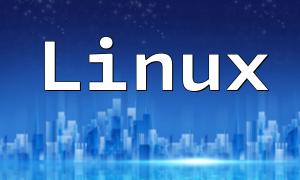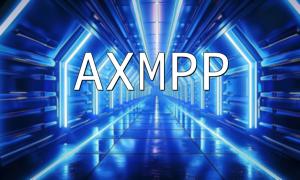As a major update to the PHP language, PHP7 offers significant improvements in performance and security. This article will guide you step-by-step through installing and configuring PHP7 in your development environment to boost your development efficiency.
Before installing PHP7, check if PHP is already installed on your system and verify its version to avoid conflicts with old versions.
php -v
If an older PHP version is detected, it is recommended to uninstall it first to ensure a smooth installation process.
Download the PHP7 source package from the official PHP website or a trusted mirror.
wget http://php.net/get/php-7.0.0.tar.gz/from/this/mirror
This command downloads the PHP7 compressed source file to the current directory for subsequent extraction and compilation.
Extract the source package and enter the directory to prepare for compilation and installation.
tar xzf php-7.0.0.tar.gz cd php-7.0.0
Run the configuration script and compile PHP7 with the following commands:
./configure --prefix=/usr/local/php7 make make install
After these steps, PHP7 will be installed in the specified directory.
Copy the development php.ini template file and adjust configuration parameters as needed, such as memory limits and error reporting.
sudo cp php.ini-development /usr/local/php7/lib/php.ini sudo vi /usr/local/php7/lib/php.ini
If you want to use PHP7 with a web server, update the web server configuration file to point to the new PHP7 interpreter path.
Restart the web server after making changes to apply the new settings.
With PHP7 installed and configured, you can start writing and running PHP code.
Example of running a PHP script via command line:
php /path/to/script.php
You can also run PHP scripts through a web server and access them via a browser for dynamic web pages.
This article provided a comprehensive overview of installing and configuring PHP7 on a development machine. PHP7 offers enhanced execution efficiency and improved security, making it an excellent choice for developers upgrading their environment. We hope this guide helps you successfully set up and use PHP7.









